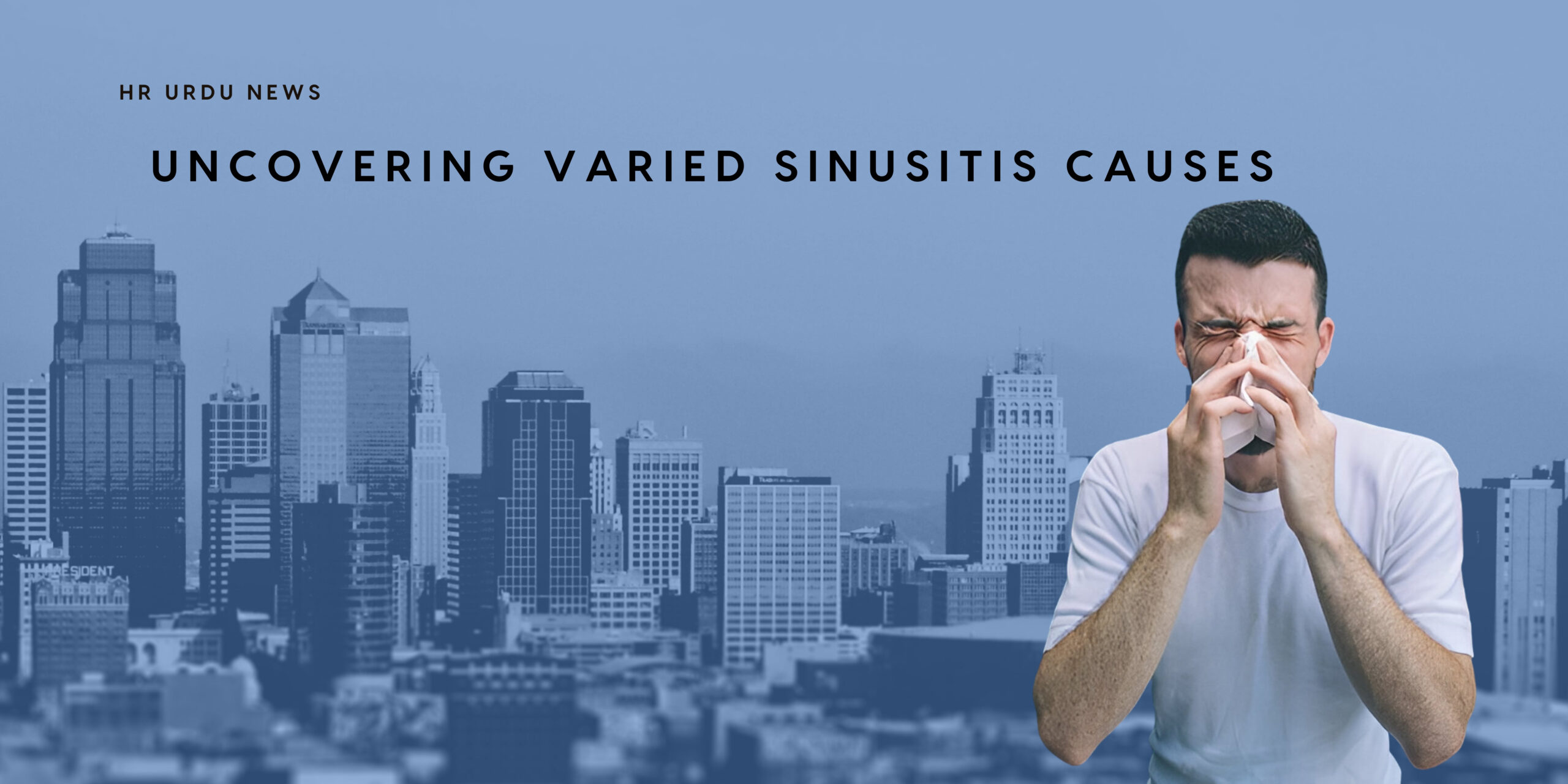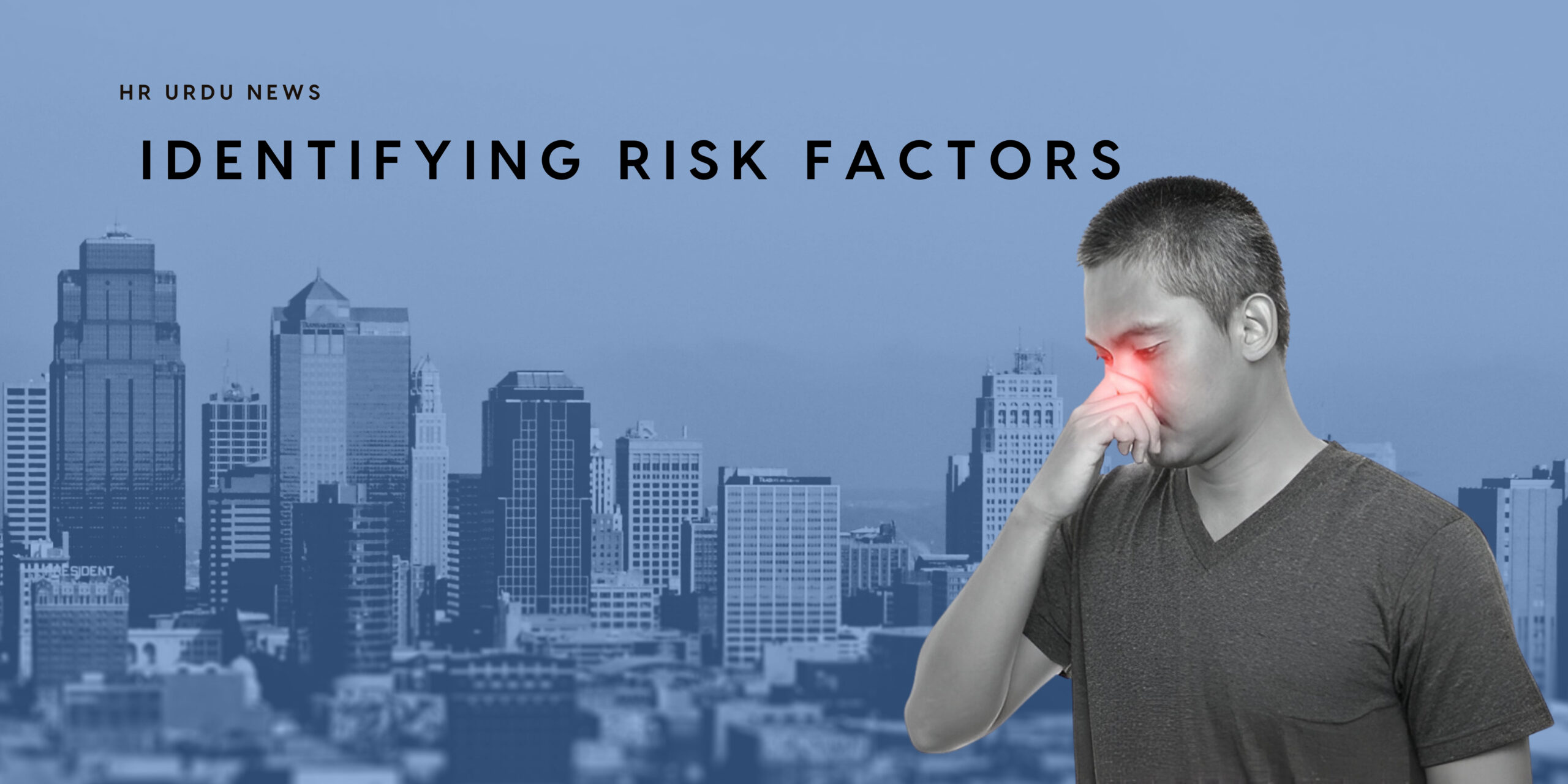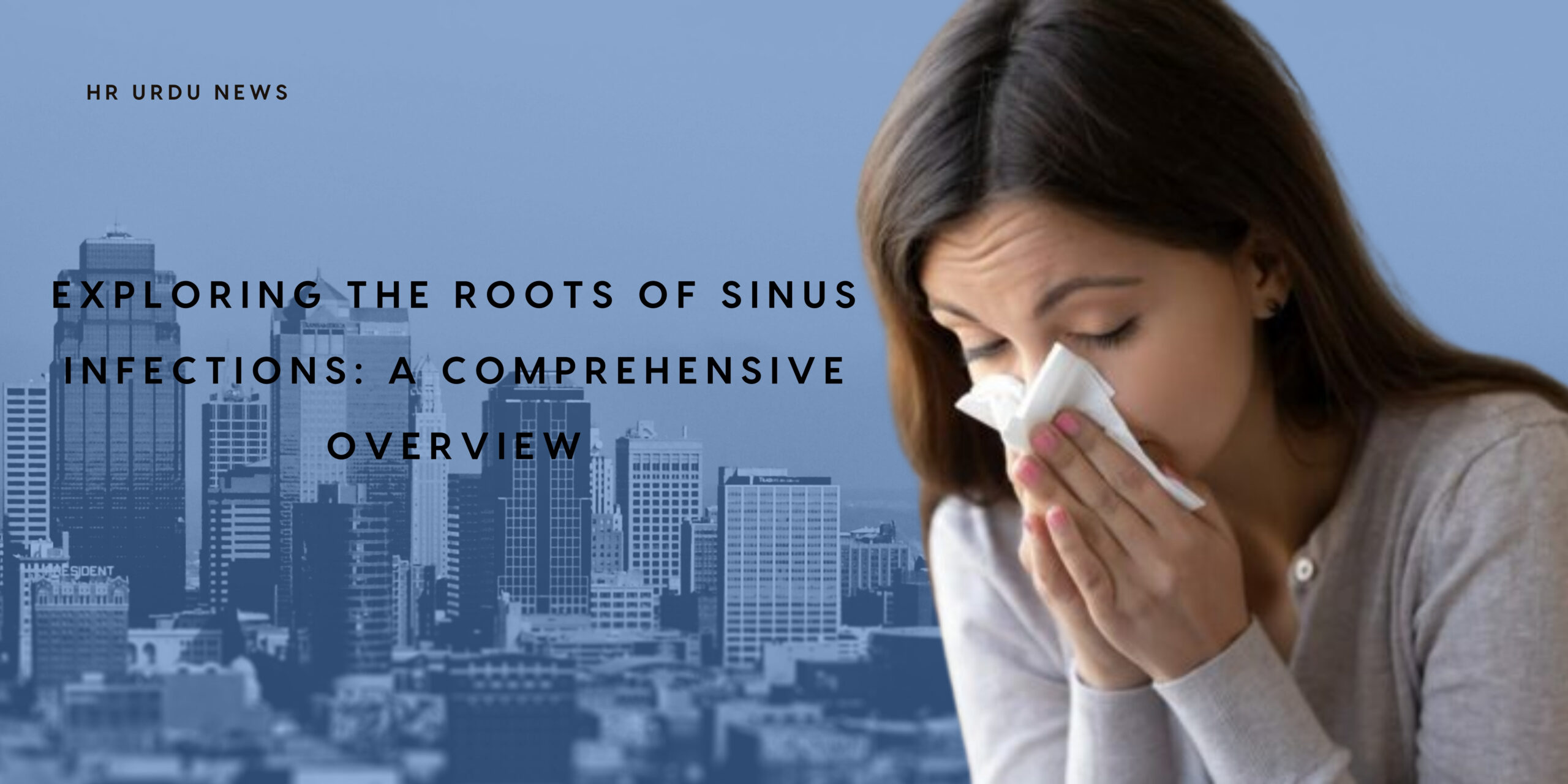Introduction
Sinus infections, also known as sinusitis, result from various factors extending beyond the common culprits of viruses, bacteria, and fungi. An understanding of the intricate web of causes, encompassing allergies, structural issues, and lifestyle choices, is essential for effective management. This article aims to unravel the diverse origins of sinusitis, shed light on associated risk factors, and guide readers on when to seek professional medical advice.
Section 1: Uncovering Varied Sinusitis Causes

1.1 Viruses: The journey into sinusitis often commences with a viral cold, leading to nasal tissue swelling and sinus blockage. Non-antibiotic remedies such as nasal steroid sprays and decongestants can offer relief from symptoms associated with viral-induced sinusitis.
1.2 Allergies: Explore the intricate relationship between allergies and sinus infections, focusing on the role of inflammation in nasal passages. Discover how antihistamines and nasal sprays provide sustained relief from chronic sinus inflammation.
1.3 Bacteria: Dive into the less common occurrence of bacterial sinusitis, acknowledging the necessity of antibiotic treatment after consulting healthcare professionals.
1.4 Nasal Polyps: Delve into the impact of nasal polyps, benign growths causing sinus blockages and headaches. Explore treatment avenues, ranging from nasal steroid sprays to potential surgical interventions.
1.5 Irritating Pollutants and Smoke: Navigate through the influence of airborne allergens and pollutants on sinusitis development. Uncover practical strategies to minimize exposure, including the use of air purifiers for cleaner indoor air.
1.6 Fungi: Explore fungal sinus infections, prevalent in individuals with compromised immune systems. Understand the severity spectrum and diverse treatment approaches based on the type of fungus and infection duration.
1.7 Nasal Anatomy: Examine how structural issues like a deviated septum and enlarged adenoids contribute to chronic sinus infections. Assess the potential necessity of surgical interventions, tempered by an awareness of potential complications.
Section 2: Identifying Risk Factors

2.1 Altitude Changes: Recognize how changes in altitude, such as during flights or scuba diving, can elevate the risk of sinus infections.
2.2 Diseases and Ciliary Function: Explore the connection between diseases affecting ciliary function and sinusitis risk, particularly in conditions like cystic fibrosis.
2.3 Overuse of Decongestants: Understand the potential risks associated with the overuse of decongestant nasal sprays and their impact on sinus health.
2.4 Recurrent Viral Colds and Seasonal Allergies: Identify factors such as recurrent viral colds and seasonal allergies that heighten the likelihood of developing sinus infections.
2.5 Other Risk Factors: Uncover additional risk factors, including large adenoids, smoking, weakened immune systems, and exposure to chlorine or dental infections.
Section 3: Knowing When to Seek Medical Attention

Highlight key indicators prompting individuals to consult healthcare providers, emphasizing the importance of seeking timely diagnosis and effective management.
Conclusion
Summarize the intricate causes, risk factors, and indicators for seeking medical attention in the realm of sinus infections. Encourage proactive healthcare engagement for those experiencing recurrent infections, severe symptoms, or prolonged discomfort.
Disclaimer:
The information provided in this post is intended for general informational purposes only and should not be considered as professional or medical advice. The content is based on publicly available sources and is subject to change without notice. It is crucial to consult with a qualified healthcare professional or relevant experts for personalized advice and guidance tailored to your specific circumstances.
The author and the platform do not assume any responsibility or liability for any consequences resulting from the use of the information provided in this post. Readers are encouraged to independently verify and confirm the accuracy, reliability, and suitability of the information before making any decisions or taking any actions.
Additionally, individual health conditions may vary, and what works for one person may not be suitable for another. Any reliance on the information in this post is at the reader’s own risk. In case of health-related concerns or uncertainties, it is recommended to seek the advice of a qualified healthcare professional.
The inclusion of external links or references does not imply endorsement or validation by the author or the platform. The author and the platform disclaim any responsibility for the content of linked sites or resources.
By reading and engaging with this post, you acknowledge and agree to the terms of this disclaimer.

